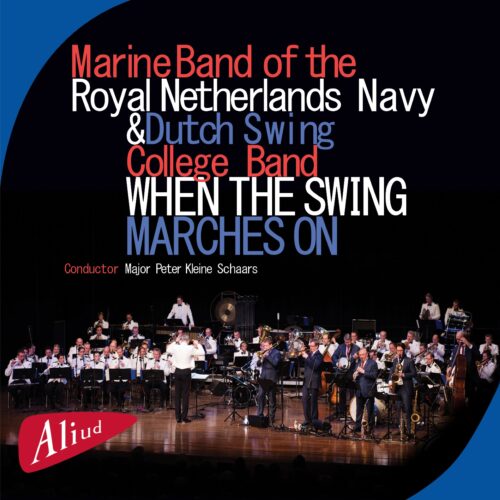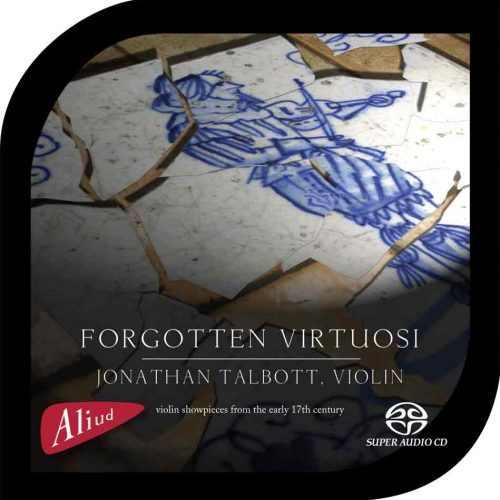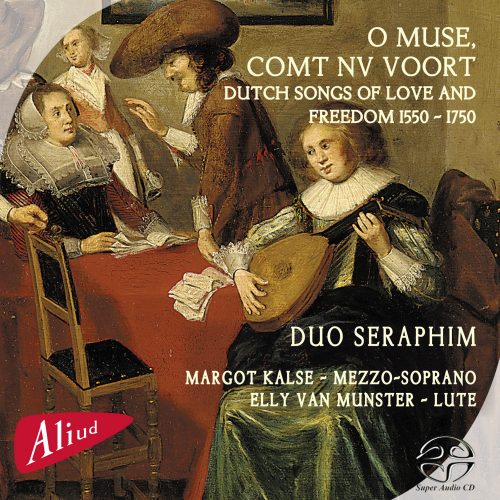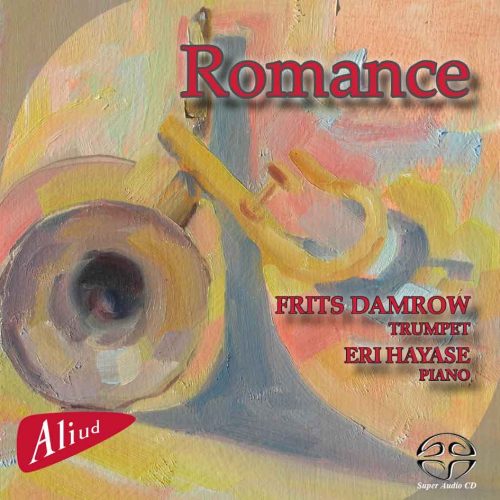You’ve never heard Swing like this before!
The Dutch Swing College Band is the leading and best known Jazz orchestra in The Netherlands. The band is the winner of the Export Award, Gouden Notekraker, Edison and Bird Award. They continue to guarantee professional interpretations of traditional jazz music as a world standard. The band is THE representative of Dutch Jazz and plays worldwide with great success to this day.
The Marine Band of the Royal Netherlands Navy navigates with playful ease as the all round musical ambassador of the Royal Netherlands Navy between military ceremonial and international concert halls.
Through an enormous repertoire of traditional music to swing music the 53 selected musicians show their high class ‘expertise in versatility’. Joining forces, a spectacular album with the apt title “When The Swing Comes Marching In”.
Countless joint performances of this music followed to sold out Dutch theaters. Many requests have resulted in bringing this concert to listeners in this unique DSD Stereo & DSD Multichannel recording. It is full of fresh swinging arrangements complemented by successes from the music of the olden days with today’s DSD technology.
Tracklist
Please note that the below previews are loaded as 44.1 kHz / 16 bit.Total time: 01:08:16
Additional information
| Label | |
|---|---|
| SKU | ACDBR077-2 |
| Qualities | DSD 512 fs, DSD 256 fs, DSD 128 fs, DSD 64 fs, FLAC 192 kHz, FLAC 96 kHz |
| Channels | 2ch Stereo, 5 Channel Surround Sound, 2ch Stereo & 5ch Surround |
| Artists | Dutch Swing College Band, Marine Band of the Royal Netherlands Navy |
| Composers | Armstrong, Bauduc, Bechet, Caesar, Davis, Edwards, Gershwin, Haggart, LaRocca, Lottman, Melrose, Peter Kleine Schaars, Porter, Savino, Sousa, Steele, Williams, Zimmerman |
| Genres | |
| Mastering Engineer | Jos Boerland |
| Speakers | B&W 805 |
| Recording Software | Merging |
| Recording Type & Bit Rate | DSD64 |
| Recording location | Rehearsal hall of the Marine Band of the Royal Netherlands Navy |
| Recording Engineer | Jos Boerland |
| Producer | Jos Boerland |
| Mixing Board | Studer 963 |
| Microphones | Sonodore, DPA, Neumann |
| Mastering Equipment | Pyramix |
| Digital Converters | Sphinx |
| Cables | Mochami |
| Original Recording Format | |
| Conductors | |
| Instruments | Alto Saxophone, Bassoon, Clarinet, Flute, Horn, Trombone, Vocal Tenor, Vocal Baritone, Double bass, Drums, Guitar, Oboe, Percussion, Piano, Vocal Soprano, Trumpet |
| Release Date | August 7, 2015 |
Press reviews
hraudio.net
Jazz reached the height of its popularity in America during the Swing era, which originated in the dark days of the Depression in New Orleans. It continued to the victorious end of World War II, although the famous Big Band Sound suffered from the reduction of players being involved in military activities. Duke Ellington christened “Swing” with his 1932 hit record, “It Don’t Mean a Thing If It Ain’t Got That Swing” and this approved the “new” style.
Swing jazz is characterized by its strong rhythmic drive and an almost orchestral “question and answer” style between different sections of the ensemble. The band’s rhythm section – piano, bass, drums and guitar – hold the swinging dance beat, while trumpets, trombones and woodwinds were mostly scored to play together, providing the emotional focus of the piece. On a larger scale, the fusion of the Marine Band of the Royal Netherlands Navy (MBRNN) with the Dutch Swing College Band (DSCB) on this present recording demonstrates that arrangers throughout the ages have exploited this ‘question and answer’ style to maximum affect. Joining these Dutch forces goes back to 1968, when the two issued an LP entitled “When the Swing Comes Marching In”, which was an instant sell-out. Aliud have responded to the many requests for a repeat, and here is the new version, which has the significant benefit of high-definition sound.
The Dutch Swing College Band started out as an amateur-college combo on World War II’s Liberation Day (May 5th,1945). Through the years it has grown into a world-famous jazz ensemble that has toured all five continents, to much acclaim. The 7 players of DSCB were (and are) a traditional Dixieland band, originally founded by their original band-leader and clarinettist/saxophonist Peter Schilperoort. Bob Kaper is now musical director and plays clarinet and alto saxophone, taking his group to many venues and towns in Europe, including Amsterdam’s Concertgebouw Jazz Concerts.
Marine Band of the Royal Netherlands Navy is based in Rotterdam, and was also founded in 1945, as a continuation of the pre-war Regimental Band of the Royal Netherlands Navy, founded by King Willem III in 1864. Nowadays this ensemble is made up of 53 professional musicians of both sexes, who, combined with the artistic and creative abilities of their conductors, have substantially contributed to the development and appreciation of military music in the Netherlands; as they tour across the globe, they are pass this on to others.
The 16 tracks cover a range of classic swing from the usual range of DSCB’s Dixieland repertoire, such as the opening Steel & Melrose ‘High Society’, Louis Armstrong’s ‘Perdido Street Blues’ (with stunning clarinet and muted trumpet solos) and E.B. Edward’s ‘Sensation Rag’. Quieter items like Cole Porter’s ‘Little One’ swing sensually and ooze smoothly along. Arrangers bring the Navy Band into each of these tracks with great skill and amusement, the Navy taking up themes from the DSCB and bringing them into the Navy’s splendid symphonic depth and warmth, as provided by three euphoniums, five trombones, three tubas and five horns, not to mention fifteen clarinets, two bassoons, four saxophones, two each of oboes and flutes, piccolo and double bass. The Navy Band, of course, has some tracks of its own repertoire, such as Sousa’s marches ‘Stars and Stripes Forever’ &’ High School Cadets’, and the arrangers soon make these swing and toss it over to be treated by DSCB’s jazz trickery.
Another way of combining the two bands is to compose a piece especially for them, and precisely that has been done by MBRNN’s conductor, Major Peter Kleine Schaars. Based on a melody by W.C. Handy, one of Dixieland’s most famous song-writers, ‘St. Louis Blues Fantasy’ shuttles material between the bands and even produces a few bars of harmonic progressions which could grace some moderniser’s music with aplomb.
This recording was made in the rehearsal room of the Navy Band in Rotterdam, which has a pretty rapid decay with a somewhat metallic caste. The Dutch Swing College Band is pretty close to the front, almost stretching between the main front speakers, with a bright and clear take on all their instruments in a slightly dry ambience. The Navy Band seems to be seated in an arc around and behind the DSCB’s players, and when they enter with their warm and fullsome sound, it is quite thrilling, particularly in the deep bass region. To my ears, this switching between the two bands has been handled very well; I can easily imagine being in the large rehearsal room, and this is also true for the Stereo track.
A gift for those fans of Dutch Swing Music who are not too purist about a military band playing with a Dixie group. I found it very interesting sonically – if you have never heard Jazz and Military bands in DSD sound, here is your opportunity. There is also another task for the listener – tracking down various well-known tunes cleverly inserted into the arrangements without mention. Fun is, I think, the keyword for this disc, which provides excellent entertainment and sonic satisfaction. Great for parties!
Copyright © 2015 John Miller and HRAudio.net
Only logged in customers who have purchased this product may leave a review.






Reviews
There are no reviews yet.